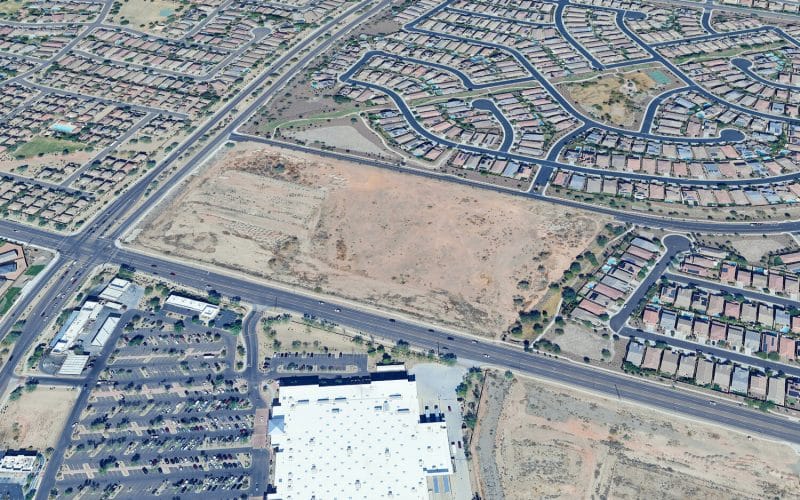Opinion: People want to know when water shortages will change life as we know it in Arizona. But the answer can vary widely, depending on where you are.
By Joanna Allhands |Arizona Republic
When will Arizona (or Phoenix, or insert your place of residence here) run out of water?
That’s a common Google search.
But the question is misguided, because it presumes that 1) we could answer with certainty and 2) there would be a hard water cutoff and life as we know it ends.
The reality is far more complicated.
Why is there no simple answer for when the water runs out?
In some rural Arizona communities, the water already has run out – in that people’s wells have gone dry. They rely on friends with water to fill gallon jugs, which they cart back to their homes to wash dishes and themselves.
Yet life goes on, albeit precariously, and we seem fine with that. If we weren’t, we would have put consumer protections in place years ago so that others couldn’t sink a deeper well next door and suck them dry.
Even in metro Phoenix, there is no across-the-board answer because of how much our water supplies vary. Some areas have access to multiple renewable supplies and don’t fully utilize them. Others rely mostly on finite groundwater, or in some cases hauled water from elsewhere, with no backups.
That’s why some folks in the unincorporated Rio Verde Foothills could lose their sole source of water in December, while their Scottsdale neighbors may never face the prospect of a dry tap.
When will Lake Mead shortages hit Arizona’s largest cities?
Sustained shortages on Lake Mead are going to change life as we know it. We know that much.
It’s likely we will land in a Tier 2 shortage next year, which will mostly erase Central Arizona Project’s Non-Indian Agricultural (NIA) pool. For cities like Buckeye and Queen Creek, that represents nearly all the Colorado River water to which they are entitled.
But not for cities like Phoenix, Scottsdale or Mesa. They also have larger shares of higher-priority Municipal & Industrial (M&I) pool water that won’t be impacted until a deeper Tier 3 shortage is declared.








